Learn How to Drill Through Stucco Safely and effectively

If you are planning on installing something on the exterior of your home, such as outdoor lighting or a security camera, drilling through stucco may be necessary. However, drilling through stucco requires some caution and preparation to ensure a safe and effective installation. In this article, we will provide you with a step-by-step guide on how to drill through stucco without causing any damage to your home.
Stucco is a popular choice for exterior wall finishes due to its durability and aesthetic appeal. However, it is a type of masonry material that can present some challenges when it comes to drilling. The key to drilling through stucco successfully is to use the right tools and techniques.
Firstly, you will need to gather the necessary tools and equipment for the job. These include a high-quality masonry drill bit, a hammer drill or rotary hammer, a level, a tape measure, a pencil, and safety goggles. It is important to use a masonry drill bit specifically designed for drilling through stucco, as regular drill bits may not be strong enough to penetrate the surface.
Before you start drilling, it is crucial to locate the studs or structural supports in your wall, as this will ensure a secure and stable installation. You can use a stud finder or tap the wall lightly to listen for a solid, hollow sound indicating the presence of a stud. Once you have located the studs, mark the drilling points with a pencil. It is recommended to use a level to ensure the markings are straight and even.
Once you have marked the drilling points, put on your safety goggles and set your drill to the hammer setting. Apply firm pressure and start drilling slowly at a low speed to create a pilot hole. Gradually increase the speed and pressure as you penetrate through the stucco. It is important to keep the drill straight and avoid applying excessive force, as this can cause the stucco to crack or chip. Take breaks if necessary to prevent the drill from overheating.
Remember to always follow the manufacturer’s instructions when using power tools and wear appropriate safety gear.
Once you have drilled through the stucco, continue drilling into the underlying material until you reach the desired depth. Use a level to ensure that the hole is level. After drilling, remove any debris from the hole and proceed with the installation of the intended fixture or anchor. Make sure to use appropriate fasteners that are suitable for the material you are drilling into, such as concrete screws or masonry anchors.
In conclusion, drilling through stucco can be done safely and effectively with the right tools and techniques. By following the steps outlined in this guide, you can ensure a successful installation without causing any damage to your home. Remember to take your time, use caution, and always prioritize safety when working with power tools.
Preparing for Drilling
Before you start drilling into stucco, it is important to properly prepare the area and gather the necessary tools and materials. Following these steps will help ensure a safe and effective drilling process:
1. Check for Electrical Wiring and Plumbing
Before drilling into any wall surface, it is crucial to know what lies beneath. Use a stud finder or utility locator to check for electrical wiring and plumbing pipes. Mark these areas with a pencil or tape to avoid drilling into them accidentally.
2. Choose the Right Drill Bit
Not all drill bits are created equal when it comes to drilling through stucco. Select a carbide-tipped masonry bit that is designed for drilling into hard materials like concrete or stucco. Make sure the size and type of drill bit you choose are appropriate for the size and depth of the hole you need.
3. Gather the Necessary Tools and Materials
Before you start drilling, gather all the tools and materials you will need. This may include:
- Electric drill
- Protective goggles
- Work gloves
- Masonry drill bits
- Tape measure
- Pencil or marker
- Dust mask or respirator
4. Clean the Stucco Surface
Before drilling, it is important to clean the stucco surface to remove any debris, dirt, or loose pieces. Use a stiff brush or broom to sweep away any loose particles and ensure a clean drilling surface. This will help prevent the drill bit from getting clogged or damaged during drilling.
5. Use a Support Stand
If you are drilling into a vertical surface, it can be helpful to use a support stand or clamp to hold your drill steady. This will provide extra stability and prevent the drill from slipping or wobbling during the drilling process. Make sure the support stand is securely attached to the wall before starting to drill.
6. Wear Safety Gear
Always wear appropriate safety gear when drilling through stucco. This includes protective goggles to shield your eyes from flying debris, work gloves to protect your hands, and a dust mask or respirator to prevent inhalation of dust particles. Safety should always be a top priority.
7. Mark the Drilling Points
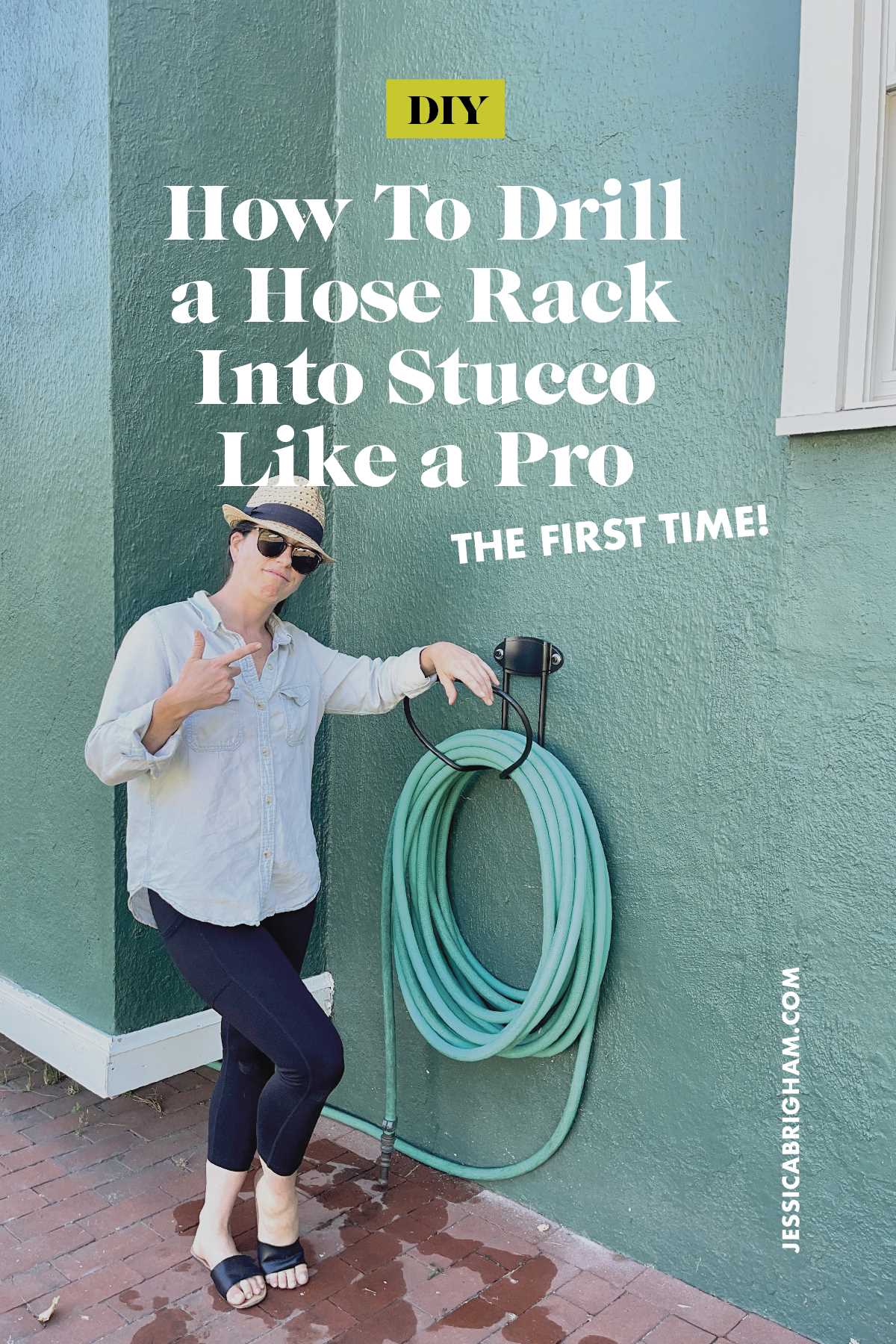
Before you start drilling, use a pencil or marker to mark the exact points where you want to drill. This will help ensure accuracy and prevent unnecessary holes or damage to the stucco surface. Measure carefully and use a level to ensure that the marks are straight and aligned.
By following these steps and taking the time to properly prepare for drilling, you can ensure a smooth and successful drilling process on stucco surfaces.
Choosing the Right Tools and Equipment
Key Considerations
- Power Drill: When drilling through stucco, it is important to use a power drill that has enough power and torque to penetrate the material effectively. Look for a drill with at least 7-amp power rating and variable speed settings.
- Masonry Bit: Stucco is a hard and brittle material, so it is crucial to use a masonry bit specifically designed for drilling through stucco. Look for a carbide-tipped or diamond-tipped masonry bit for best results.
- Masking Tape: Using masking tape to mark the drilling location on the stucco surface can help prevent the drill bit from slipping and ensure a more accurate hole placement.
- Protective Gear: Safety should always be a top priority. Wear safety goggles to protect your eyes from flying debris, and consider using earplugs if you are drilling for an extended period of time.
Optional Equipment
- Drill Guide: A drill guide can be helpful, especially for beginners or when drilling at specific angles. It provides stability and ensures that the drill bit goes straight into the stucco without any deviations.
- Dust Collection System: Drilling through stucco can create a significant amount of dust. Using a dust collection system, such as a vacuum attachment, can help minimize the mess and keep the work area clean.
- Cordless Drill: If you prefer the convenience of a cordless drill, make sure to choose one with adequate power and battery life to handle the task at hand.
- Stucco Patching Materials: In case any damage or cracks occur during the drilling process, it is useful to have stucco patching materials on hand to repair and restore the stucco surface.
By choosing the right tools and equipment, you can ensure a safe and effective drilling experience when working with stucco. Remember to always read the manufacturer’s instructions and take the necessary safety precautions before starting any drilling project.
Finding the Right Spot
Before you start drilling into stucco, it’s important to identify the right spot on the wall. Here are a few key things to consider:
1. Locate the stud or a solid backing
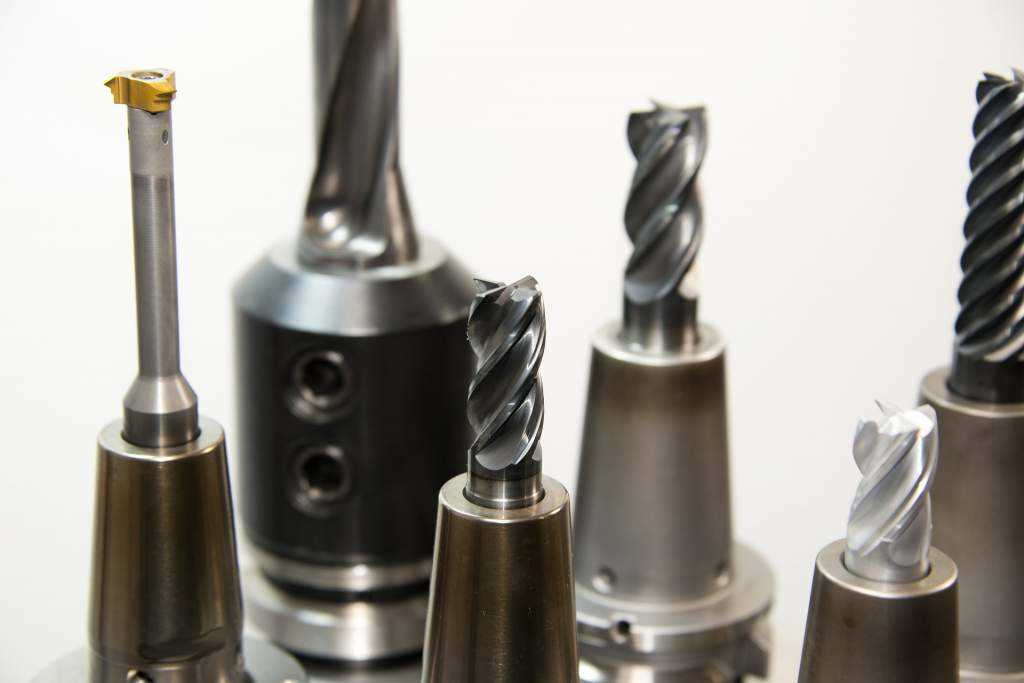
Drilling into stucco requires finding a secure spot that can support the weight of whatever you’re mounting on the wall. Look for a stud using a stud finder or try to locate a solid backing behind the stucco, such as a plywood sheathing.
2. Avoid electrical or plumbing lines
Ensure that you aren’t drilling into any electrical wires or plumbing lines hidden behind the stucco. Use a wire detector or consult with a professional if you’re unsure.
3. Check for any surface irregularities
Inspect the stucco surface for any irregularities, such as existing cracks or repairs. These weak spots can affect the stability of the stucco and may require additional precautions or alternative methods of drilling.
4. Consider the purpose of the hole
Determine the purpose of the hole you’re drilling. If you’re installing a heavy object, like a wall-mounted TV, you’ll need to find a sturdier spot on the wall compared to drilling a hole for a small hook or picture frame.
5. Use a tape measure and level
Measure and mark the desired spot for drilling using a tape measure and level. This will ensure that your hole is accurately placed and straight.
6. Consider the surroundings
Take into account the surroundings of the drilling spot. Make sure there is enough space for the drill and that it won’t be obstructed by nearby objects like window frames or trim.
By taking these factors into consideration, you’ll be able to find the right spot on the stucco wall for drilling with confidence.
Taking Safety Precautions
1. Wear Protective Gear
Before drilling through stucco, it is important to ensure that you are properly protected. The following protective gear should be worn:
- Safety goggles or glasses to protect your eyes from debris
- Ear protection to prevent damage from loud drilling noises
- Dust mask to avoid inhaling dust particles
- Gloves to protect your hands from sharp edges
- Work boots or sturdy shoes to protect your feet
2. Locate Utility Lines
Prior to drilling into the stucco, it is essential to identify the location of any utility lines that may be hidden behind the surface. Damaging these lines can result in serious injury and costly repairs. Use a stud finder or consult professional utility locator services to ensure safe drilling.
3. Choose the Correct Drill Bit
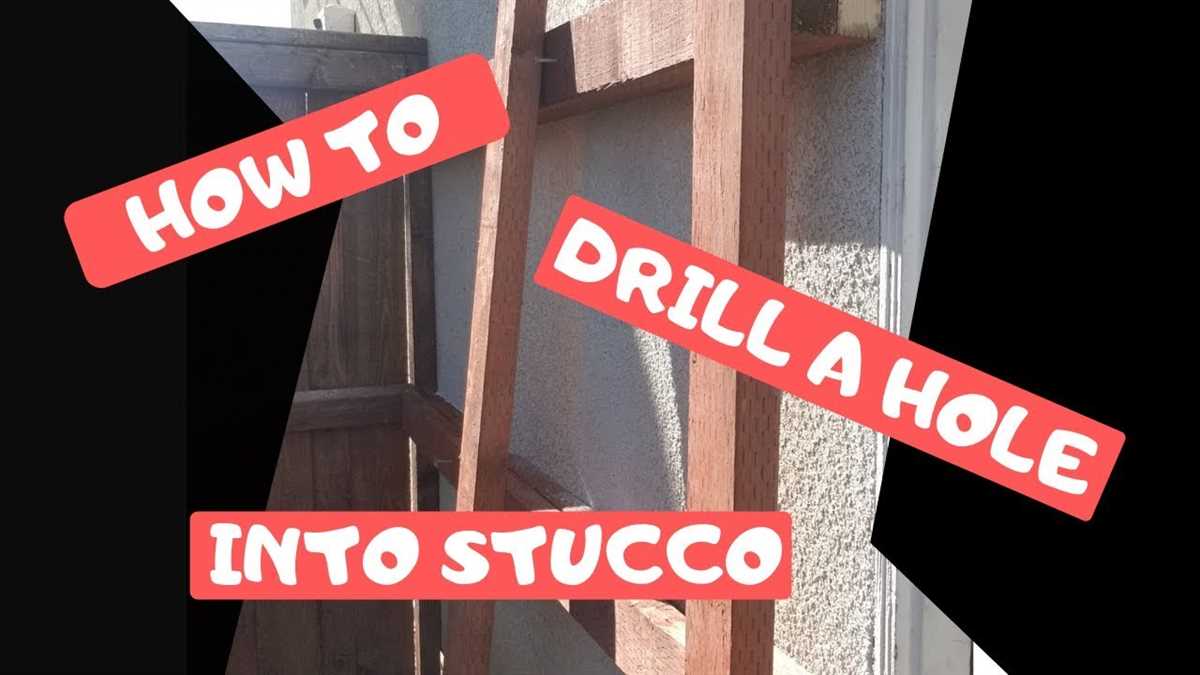
Selecting the right drill bit for the job is vital to ensure clean and efficient drilling through stucco. A masonry drill bit is recommended, as it is specifically designed for drilling through hard materials like stucco. Using the wrong type of bit can lead to ineffective drilling and potential damage to the surface.
4. Secure Your Working Area
Before starting the drilling process, it is crucial to secure your working area to prevent accidents and injuries. Clear the surrounding area of any hazards, such as loose objects or furniture, and ensure that it is well-lit for better visibility. If necessary, use caution tape or barriers to keep others away from the drilling zone.
5. Use Proper Drilling Technique
When drilling through stucco, it is important to use the right technique to prevent any damage. Place moderate pressure on the drill, and let the drill bit do the work. Avoid exerting excessive force, as it can cause the drill bit to overheat or break. Take breaks if needed to prevent overheating of the drill or the drill bit.
6. Clean Up the Debris
After drilling through the stucco, make sure to clean up the debris to maintain a safe working environment. Remove any loose fragments or dust from the drilling area, as they can pose a tripping hazard or cause respiratory problems. Use a dustpan and brush or a vacuum cleaner to effectively clean up the mess.
Marking and Measuring
Before you start drilling into stucco, it is important to mark and measure the exact location where you want to drill. This will help ensure accuracy and prevent any unnecessary damage to the stucco.
Tools You Will Need
For marking and measuring, you will need the following tools:
- Tape measure
- Level
- Pencil or marker
Step 1: Determine the Mounting Location
First, decide where you want to mount your item or drill the hole. Use a tape measure to measure the desired height and width of the area. Make sure to consider any obstructions or nearby objects that may affect the placement, such as electrical wires or pipes.
Step 2: Mark the Location
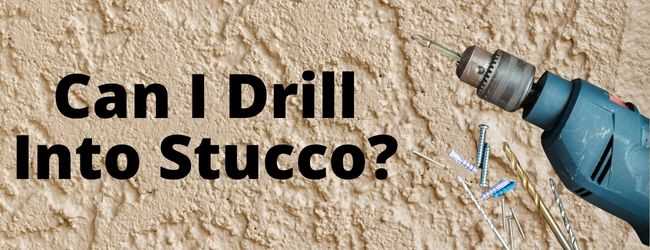
Once you have determined the mounting location, use a pencil or marker to make a small mark on the stucco. This will serve as your target for drilling. Take your time to ensure the mark is level and centered, if necessary.
Step 3: Double-Check the Measurements
Before proceeding to drill, double-check your measurements and make any necessary adjustments. Use a level to ensure the mark is straight and plumb. This will help prevent any errors or unsightly mistakes.
Step 4: Drill with Caution
With your mark in place, you can now proceed to drill through the stucco. Remember to use the appropriate drill bit for the job and go slow to avoid cracking or chipping the stucco. Take breaks if necessary and apply steady pressure.
By carefully marking and measuring the location before drilling, you can ensure a successful and safe drilling experience, with minimal damage to the stucco.
Drilling Techniques for Stucco
Drilling into stucco requires careful technique to avoid damaging the surface and ensure a secure attachment. Here are some drilling techniques to follow when working with stucco:
1. Use the Right Drill Bit
When drilling through stucco, it’s important to use a masonry drill bit designed specifically for this material. These specialized drill bits have a carbide tip that can easily penetrate stucco without causing excessive damage.
2. Mark the Drilling Point
Before drilling, mark the exact point where you want to make the hole. This will help ensure accuracy and prevent unnecessary drilling in the wrong area. Using a pencil or a marker, mark the spot with a small dot.
3. Start with a Pilot Hole
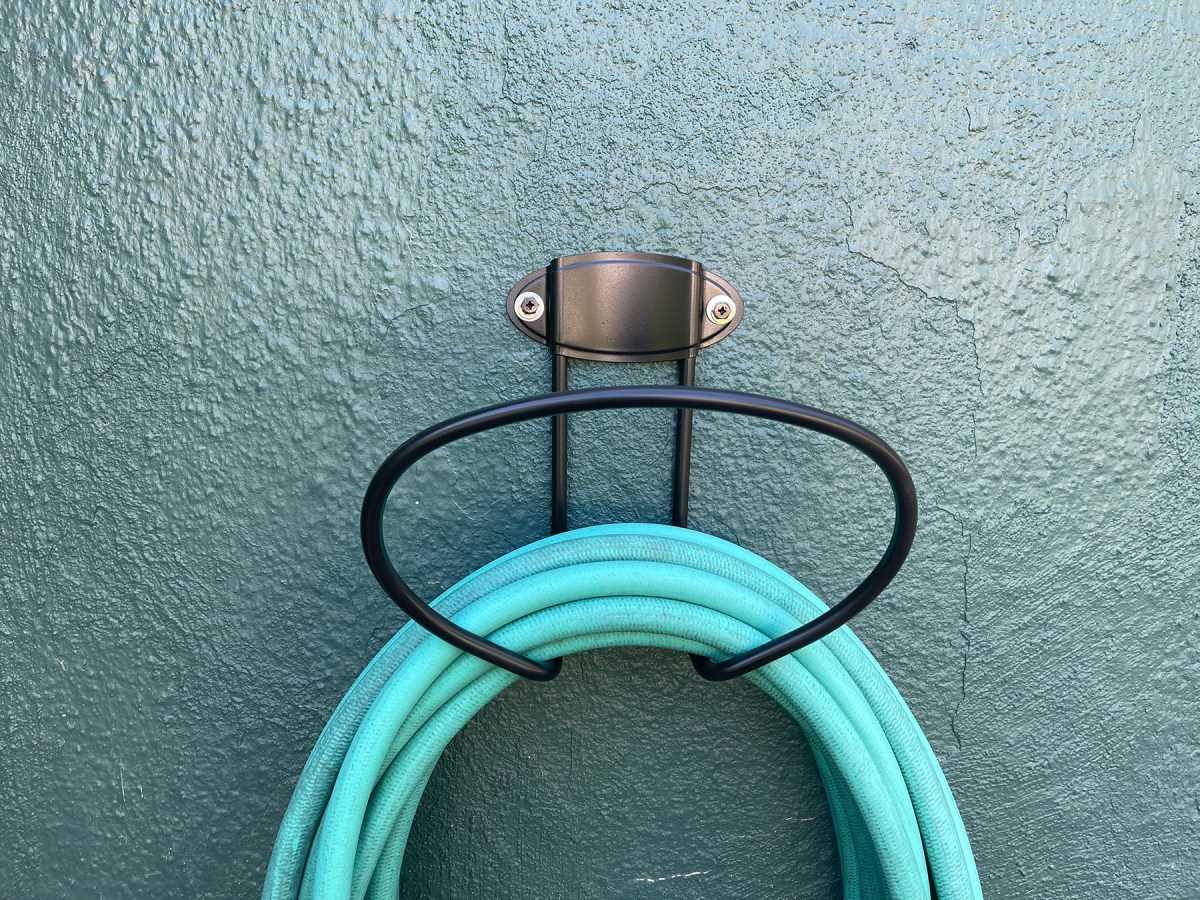
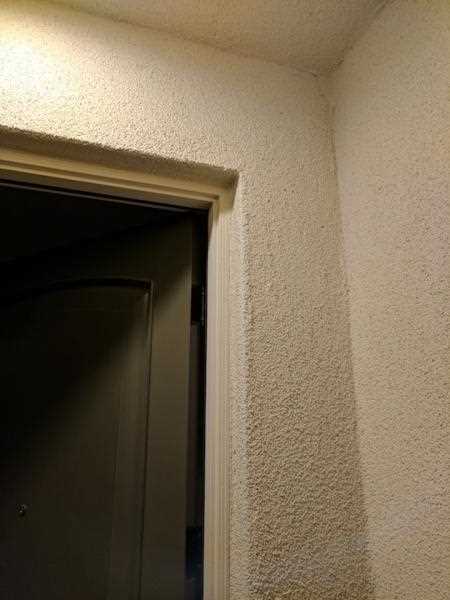
To avoid excessive force or cracking, start by drilling a small pilot hole. This initial hole will help guide the drill bit and prevent the stucco surface from chipping or splintering. Use a drill bit with a diameter slightly smaller than the final hole size you require.
4. Apply Steady Pressure
When drilling through stucco, apply steady pressure to the drill. Do not force the drill or push too hard, as this can cause the stucco to crack or break. Use a slow and consistent drilling motion, allowing the drill bit to do the work.
5. Use Low Speed and High Torque
Stucco is a brittle material, so it’s important to use a low drill speed and high torque setting. This combination will help prevent excessive force and reduce the risk of damaging the stucco surface. Slow and steady is the key when drilling through stucco.
6. Keep the Drill Level
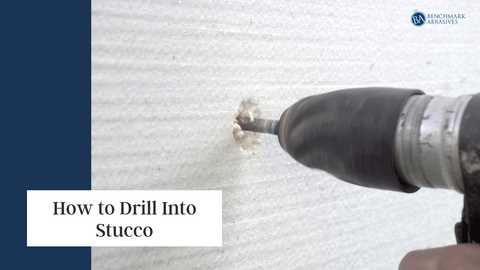
When drilling into stucco, it’s important to keep the drill level to prevent the bit from wandering and creating an uneven or sloppy hole. Maintain a straight and level drilling position throughout the process.
7. Clean the Hole
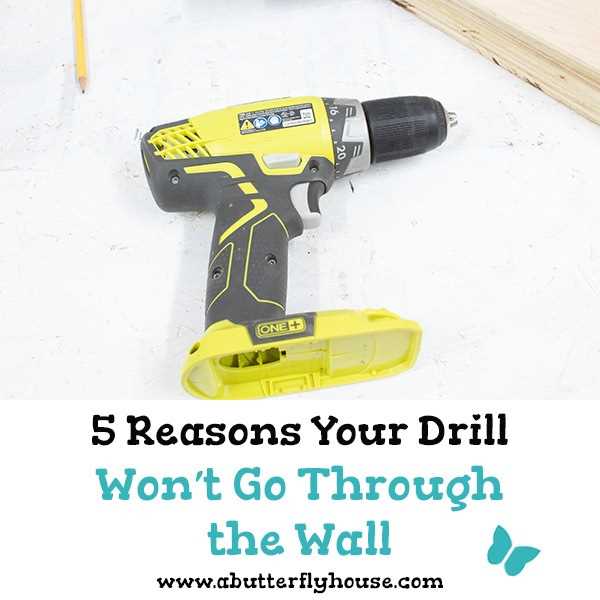
After drilling, clean out any debris or dust from the hole using a brush or a blast of compressed air. This will help ensure a clean and secure fit for any anchors or screws you plan to use.
By following these drilling techniques, you can safely and effectively drill through stucco without causing damage and ensure a secure attachment for any fixtures or installations.
Cleaning Up and Patching
Once you have drilled through the stucco and completed your task, it’s important to clean up and patch up any damage made during the drilling process. This will ensure that the stucco remains secure and does not suffer from any further damage.
Cleaning Up
Start by cleaning up any dust or debris that may have been created during the drilling process. Use a soft brush or a vacuum cleaner with a brush attachment to gently remove the dust from the stucco surface.
If you notice any loose stucco around the drilled hole, carefully remove it using a chisel or a putty knife. Be gentle to avoid causing any additional damage to the stucco.
Patching
After cleaning up, it’s time to patch up the hole. This will help restore the appearance of the stucco and provide protection against moisture and other elements.
You can use a pre-mixed stucco patch or mix your own using a stucco repair mixture. Follow the manufacturer’s instructions for the specific patching product you are using.
- Apply the stucco patch to the hole using a trowel or a putty knife. Make sure to fill the hole completely and smooth out the patch to match the surrounding stucco surface.
- Allow the patch to dry according to the manufacturer’s instructions. This may take several hours or even days, depending on the patching product and the weather conditions.
- Once the patch is dry, use sandpaper or a sanding block to smooth out any rough edges or unevenness. This will help blend the patch with the rest of the stucco surface.
After patching and smoothing out the stucco, you may want to consider painting it to match the surrounding area. Choose a paint color that matches the existing stucco and apply it according to the paint manufacturer’s instructions.
| Materials Needed for Cleaning Up and Patching |
|---|
| Soft brush or vacuum cleaner with a brush attachment |
| Chisel or putty knife |
| Pre-mixed stucco patch or stucco repair mixture |
| Trowel or putty knife |
| Sandpaper or sanding block |
| Paint (optional) |
By following these steps, you can safely and effectively clean up and patch the drilled hole in stucco, ensuring that it remains secure and visually appealing. Remember to always wear appropriate safety gear such as goggles and gloves when working with power tools and chemicals.
Additional Tips and Considerations
1. Use a Masonry Drill Bit
When drilling through stucco, it’s important to use a masonry drill bit specifically designed for this type of surface. These drill bits have a carbide tip that is capable of drilling through stucco without damaging the material or causing cracks.
2. Mark the Spot Carefully
Before drilling, mark the spot where you want to drill with a pencil or removable marker. This will help ensure that the hole is drilled in the correct place and prevent any unnecessary damage to the stucco surface.
3. Start with a Pilot Hole
When drilling through stucco, it’s helpful to start with a small pilot hole before drilling the full-size hole. This will make it easier to guide the drill and reduce the risk of the drill bit slipping and causing damage to the surrounding stucco.
4. Use a Slow and Steady Speed
When drilling through stucco, it’s important to use a slow and steady drilling speed. This will help prevent the drill from overheating and causing damage to the stucco material. Applying too much pressure or drilling too quickly can result in cracks or chips in the stucco.
5. Apply Light Pressure
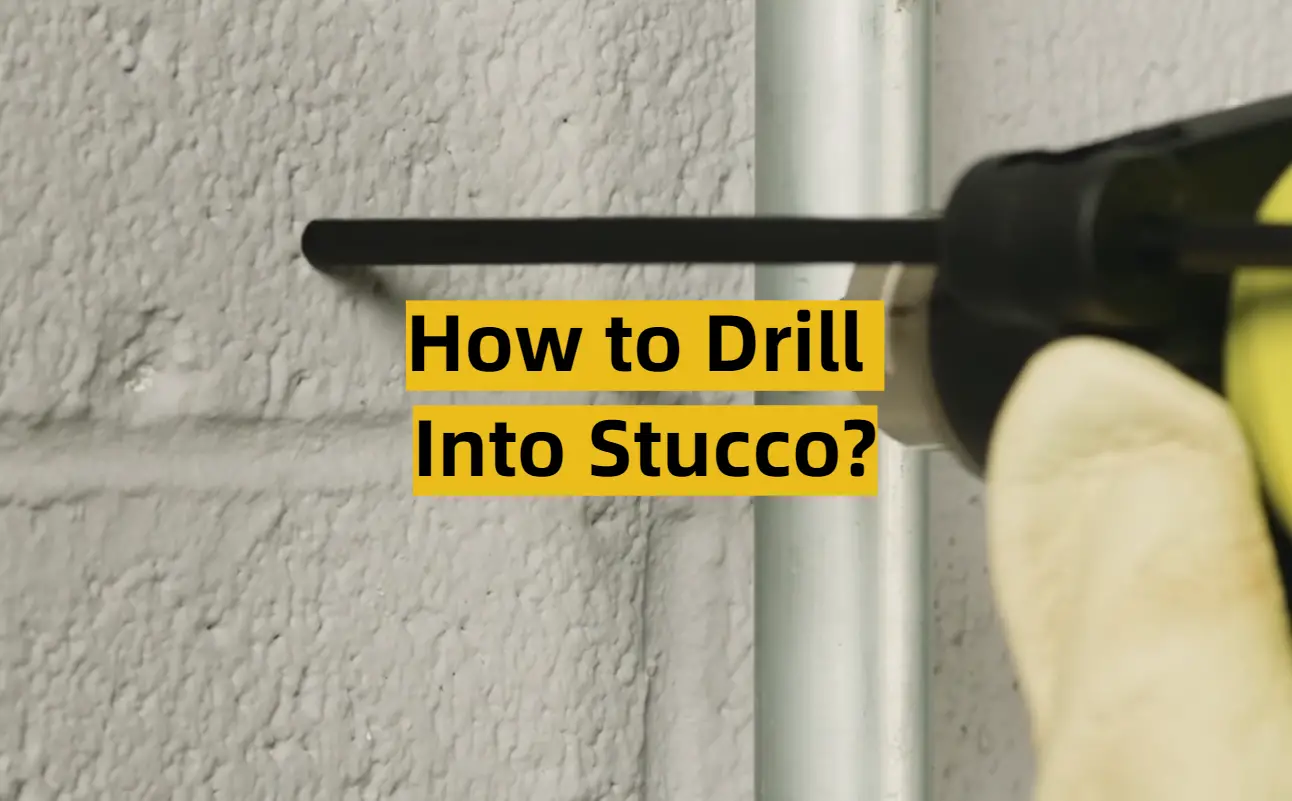
When drilling through stucco, it’s best to apply light pressure to the drill. Let the drill bit do the work and avoid forcing it through the stucco. This will help prevent unnecessary damage to the stucco surface.
6. Clean Up Dust and Debris
After drilling through stucco, be sure to clean up any dust and debris that may have accumulated. This can be done with a brush or vacuum cleaner. Removing the dust and debris will help ensure a clean and smooth surface for any necessary repairs or installations.
7. Consider Hiring a Professional
If you’re unsure about drilling through stucco or if the project is particularly complex, it may be best to hire a professional. Professional contractors have the experience and tools necessary to safely and effectively drill through stucco without causing damage to the surrounding area.
8. Wear Protective Gear
Always wear protective gear, such as safety glasses and gloves, when drilling through stucco. This will help protect your eyes from flying debris and your hands from any potential injuries.
9. Take your Time
Drilling through stucco can be a delicate process, so it’s important to take your time and proceed with caution. Rushing the job can lead to mistakes and damage to the stucco surface, so be patient and take the necessary precautions.
10. Practice on a Sample Piece
If you’re new to drilling through stucco or uncertain about the process, consider practicing on a sample piece of stucco before tackling the actual project. This will give you an opportunity to familiarize yourself with the drill and gain confidence in your drilling technique.
FAQ:
What tools do I need to drill through stucco?
To drill through stucco, you will need a masonry drill bit, a power drill, a hammer drill is recommended for easier drilling, safety goggles, and a dust mask.
Is there a specific type of drill bit I should use?
Yes, when drilling through stucco, it is best to use a masonry drill bit. These bits are specifically designed to penetrate hard materials like stucco.
Should I use a hammer drill or a regular drill for drilling through stucco?
While you can use a regular drill for drilling through stucco, it is recommended to use a hammer drill. The hammering action of the drill will help to break up the hard surface of the stucco and make drilling easier.
How do I protect myself while drilling through stucco?
It is important to protect yourself while drilling through stucco. Wear safety goggles to protect your eyes from any flying debris and a dust mask to prevent inhalation of dust particles.
Are there any precautions I should take before drilling through stucco?
Yes, before drilling through stucco, it is important to locate any electrical or plumbing lines that may be behind the surface. You can use a stud finder or a wire and pipe detector to locate these lines and avoid causing any damage.
What are some tips for drilling through stucco safely and effectively?
To drill through stucco safely and effectively, make sure to mark the drilling location, start with a small pilot hole, gradually increase the size of the hole, apply steady pressure while drilling, and use a vacuum or brush to clean away any excess dust.
Video:











